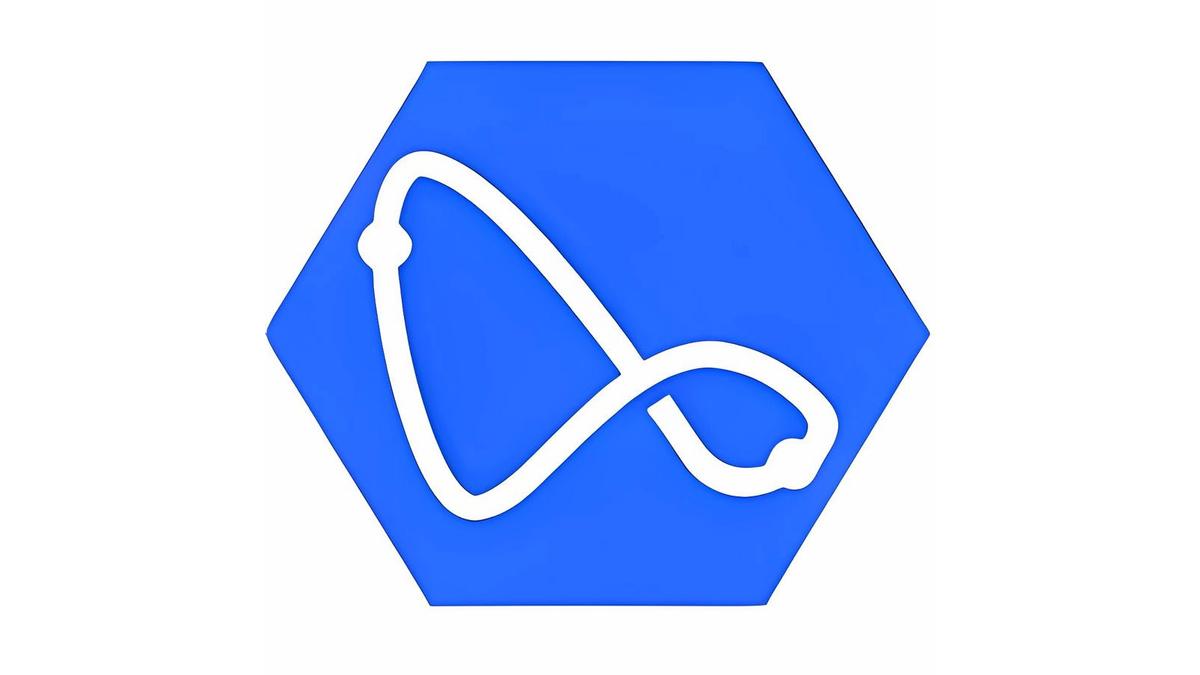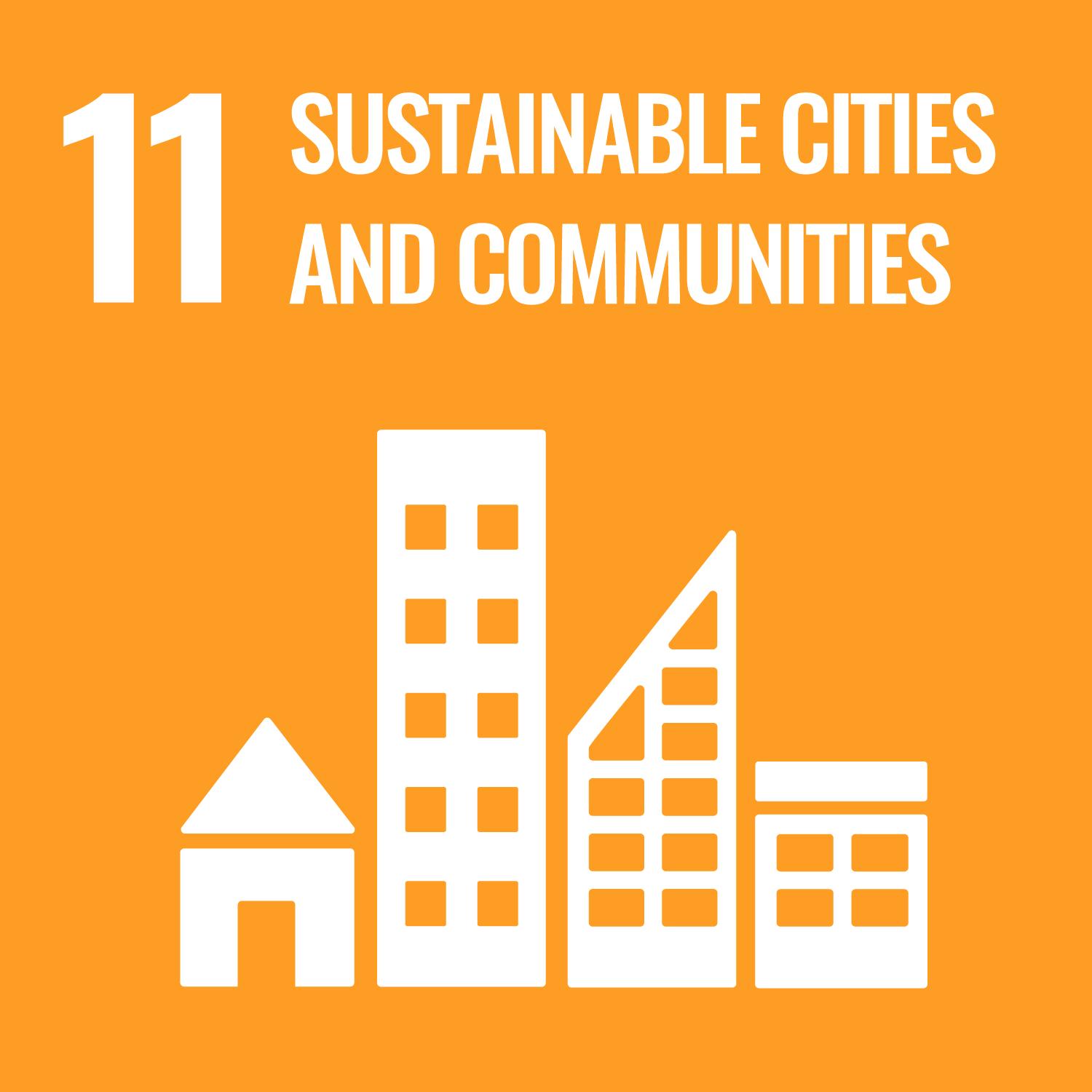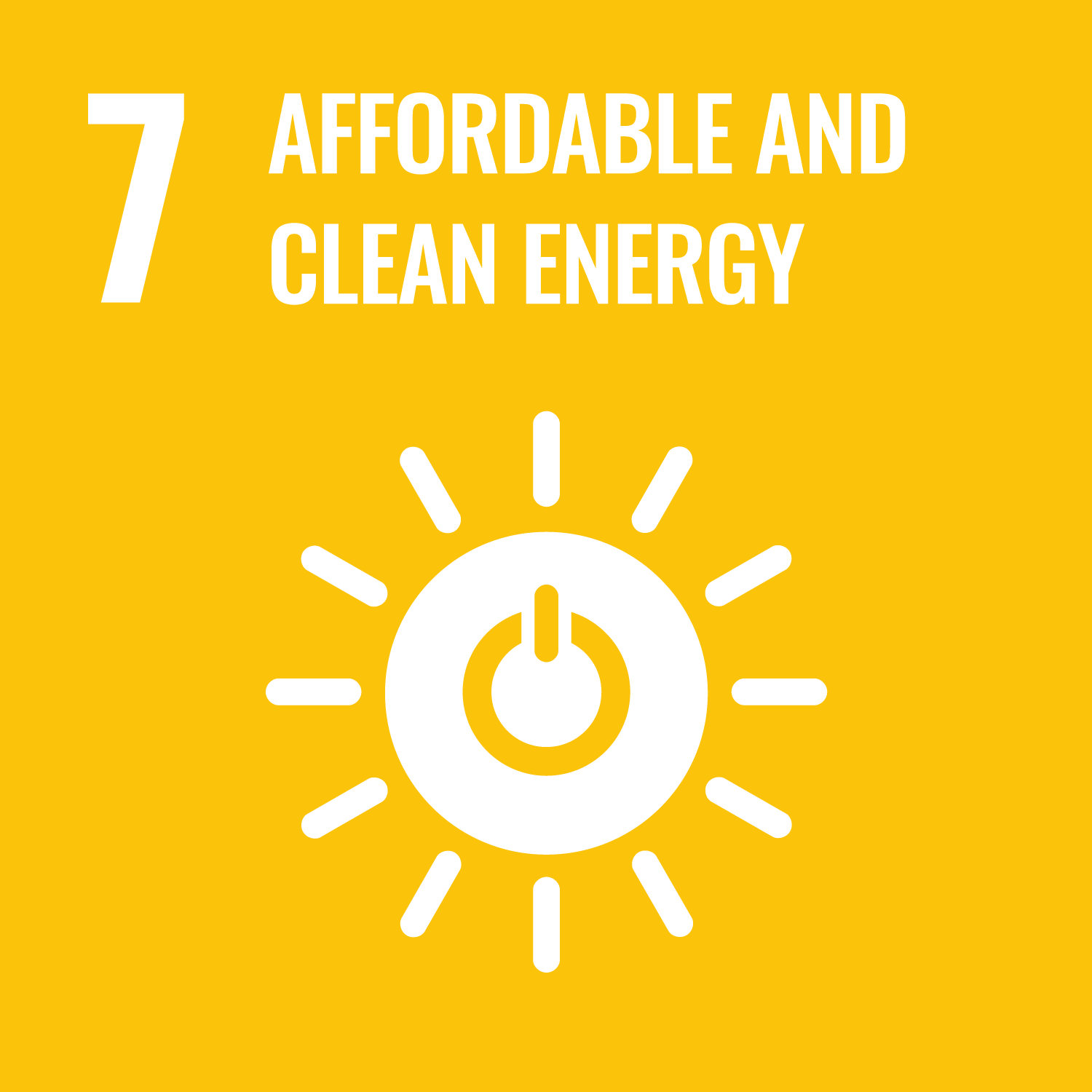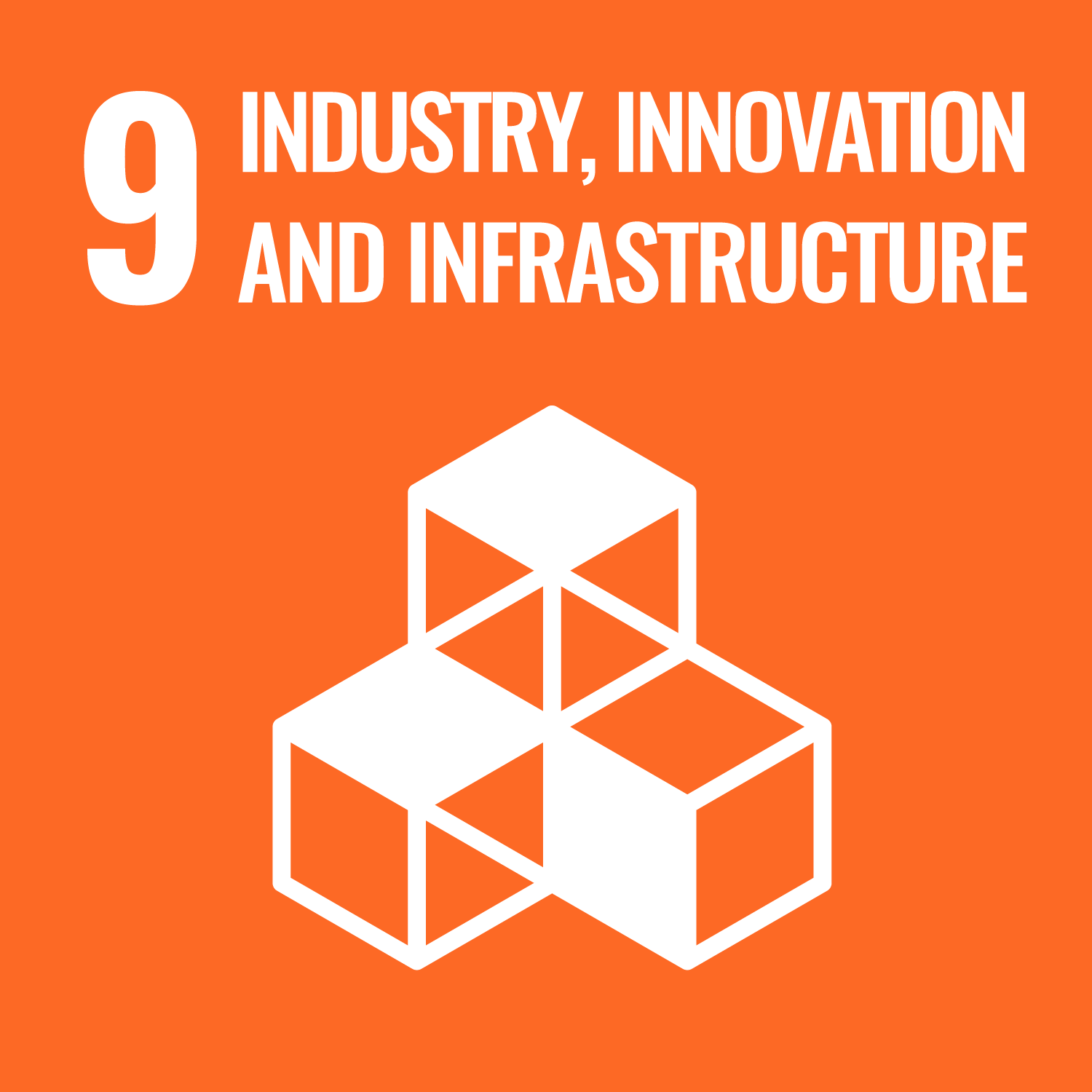We need a way to measure the pulse of Limerick city. This new understanding of our city will provide key insights to a number of stakeholders including city planners, businesses and positive change for the people who use it. Crucially it will also allow businesses to react in real-time to their energy needs, removing wasted use of electricity and moving us towards an energy positive city.
Limerick has been newly christened the Atlantic Edge and we believe that it is crucial that we link one edge of our city to another, the Georgian Laneways are essentially the arteries that allow people to ow throughout the city.
Our proposal involves the installation of an unobtrusive camera system, backed up by cutting edge automated vision analysis technology that will allow us to sense the heartbeat of the city every second of every day.
- How many people use the street per day?
- What hours are busy on particular days?
- How much footfall do we expect on special days? e.g. Public holidays.
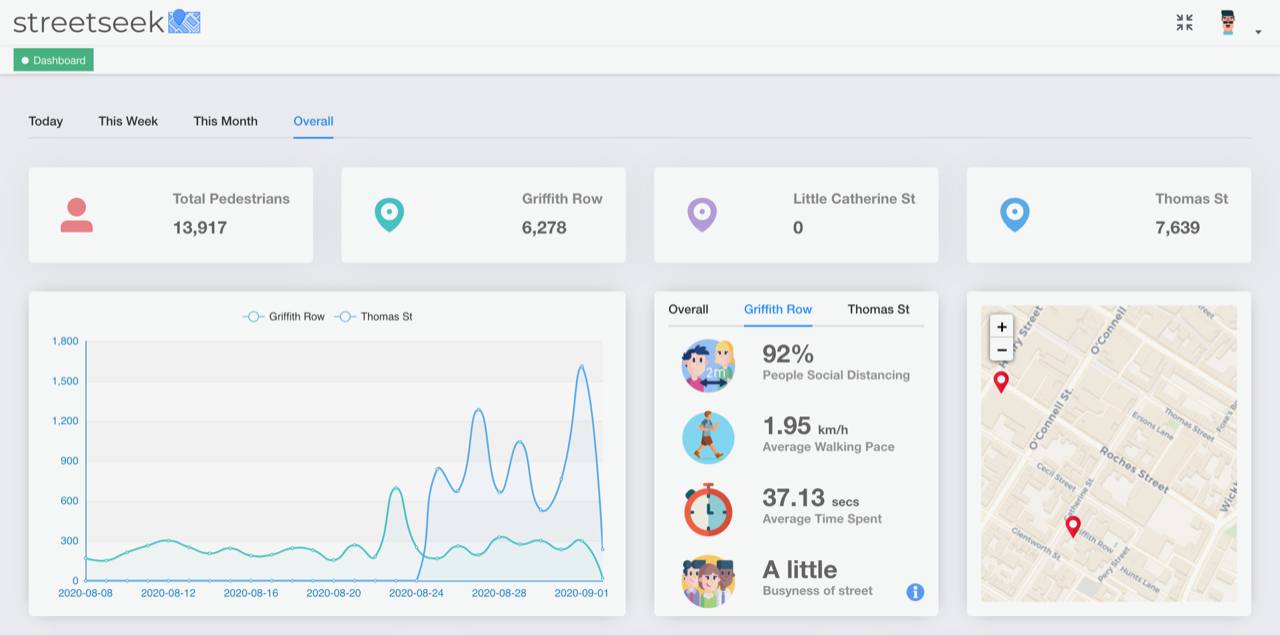
Providing these insights to businesses in the area allows for reactive smart energy decisions in response to predicted pedestrian footfall. This not only saves the individual businesses money but also on an aggregated level, hugely reduces the needless waste of energy within the city. Businesses can be based on this information do the following; (either manually or through an integrated automated system)
- Open certain sections at different times of day (restaurant/café)
- Only turn on the required number of stoves, ovens, hobs.
- Turn on/o or dim/brighten lights based on demand.
- During downtime turn o the range or fryer and preheat when a pickup is predicted.
- Premises may have incandescent lights that are left on outside of business hours, these could again be turned on only when the demand is necessary.
In general, many premises waste hundreds of euros a month because they leave idle equipment running.
Aims & Objectives
The objectives of this project are multi-faceted, as the potential outcomes from gathering this data extended beyond the domain of energy alone.
In terms of energy, this type of analysis is extremely useful for balancing and optimizing energy on a local area level. Take for example the simple case of a shared energy scenario for an oce and a café. If a trend is noted that pedestrian traffic picks up at 12:30 pm it could be assumed that the once is emptying out reducing their need for electricity and increasing the demand for the café. Having this type of real-time analysis would be crucial for local energy trading purposes.
Another positive outcome from Streetseek would be to identify which laneways need the most attention in order to thrive. A data-driven approach would allow the stakeholder to see if measures are leading to a positive change in the use of laneways e.g. the addition of murals, increased street lighting, etc.
Description
At a high-level Streetseek works as follows:
- Thermal cameras are deployed on a number of laneways to capture video data for analysis.
- This video is sent to a processing engine that uses Artificial Intelligence to extract insights.
- These insights are converted into numerical values and stored for historical records.
- From these historical records, reports are generated for various stakeholders.
- When enough data has been collected, predictions can be made on pedestrian footfall.

Thermal Camera Deployment - Our rationale behind the use of thermal cameras is to maintain the privacy of the individuals that are captured on video.
AI Processing Engine - The video is sent to the cloud over a 4G network. Once it reaches the server various algorithms can be run against the video data to extract the required insights. e.g. the number of people in the image, time of capture, etc.

Historical Record - The insights generated by the AI engine are then stored in a database for future reference and to be used in predictions.
Report Generation - Various stakeholders (businesses and city planners) are issues reports periodically in order to drive decision making.
Footfall prediction - The data gathered is used to generate predictions for the future.
Energy-related Innovation
This project touches on many of the energy themes outlined in +CityxChange, namely:
- Balance and optimize energy
- Communicate and trade between peers
- Co-creating positive energy districts
- Co-creating energy-positive cities
The project focuses on ‘Sustainable energy management’, helping businesses and city planners to transform Limerick city into both a smart and positive energy district. Central to this is the sharing of information regarding pedestrian footfall in the interest of ensuring that the city’s energy needs mirror the activity of people.
The people in Limerick city are the energy of the city. The energy needs should be scaled to meet the demand of the community. This system puts the Limerick city community at the heart of the city’s transition to ‘positive energy status’
The project also centers its attention on the often forgotten gems of Limerick city, the Georgian Laneways. Through the provision of insights, we hope that this technology could be used to identify inequities across the Georgian Laneways and also assess the success of measures to encourage equity should this be more lighting, laneway events, paintings, etc.
This solution was tested at various sites throughout Limerick in 2020. The testing occurred between April and August, results from the dashboard were gathered and presented to the Open Call team.
